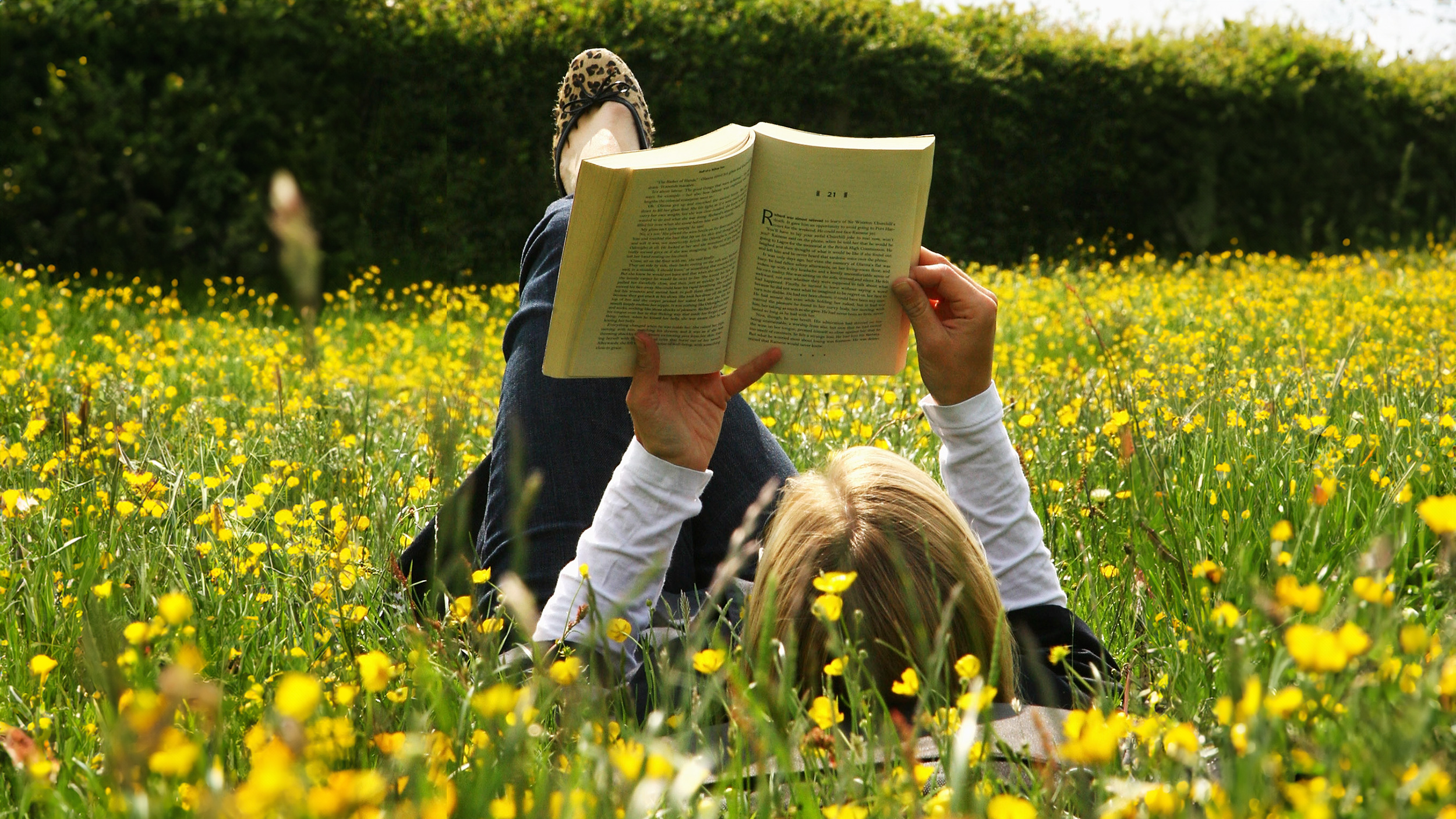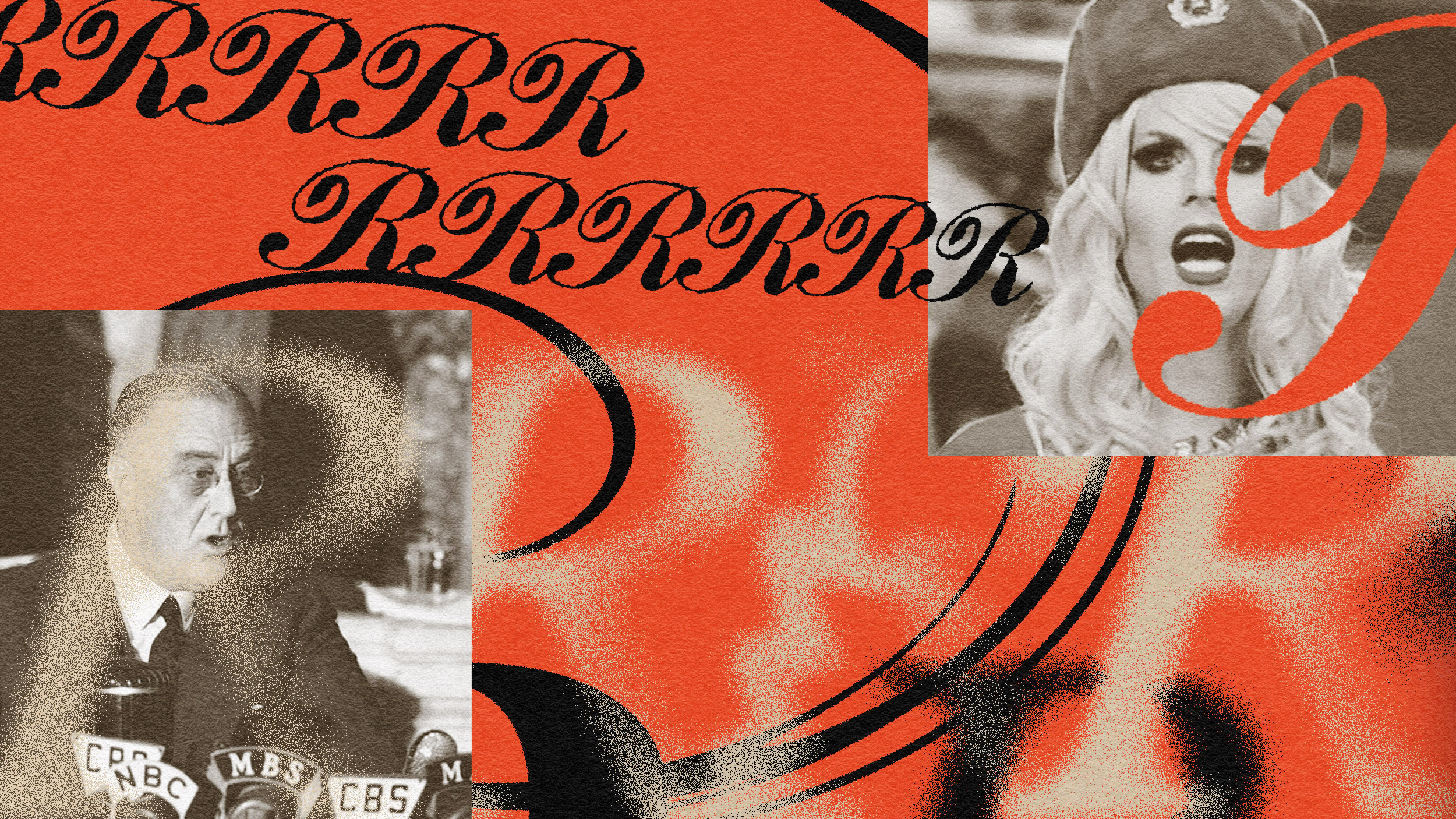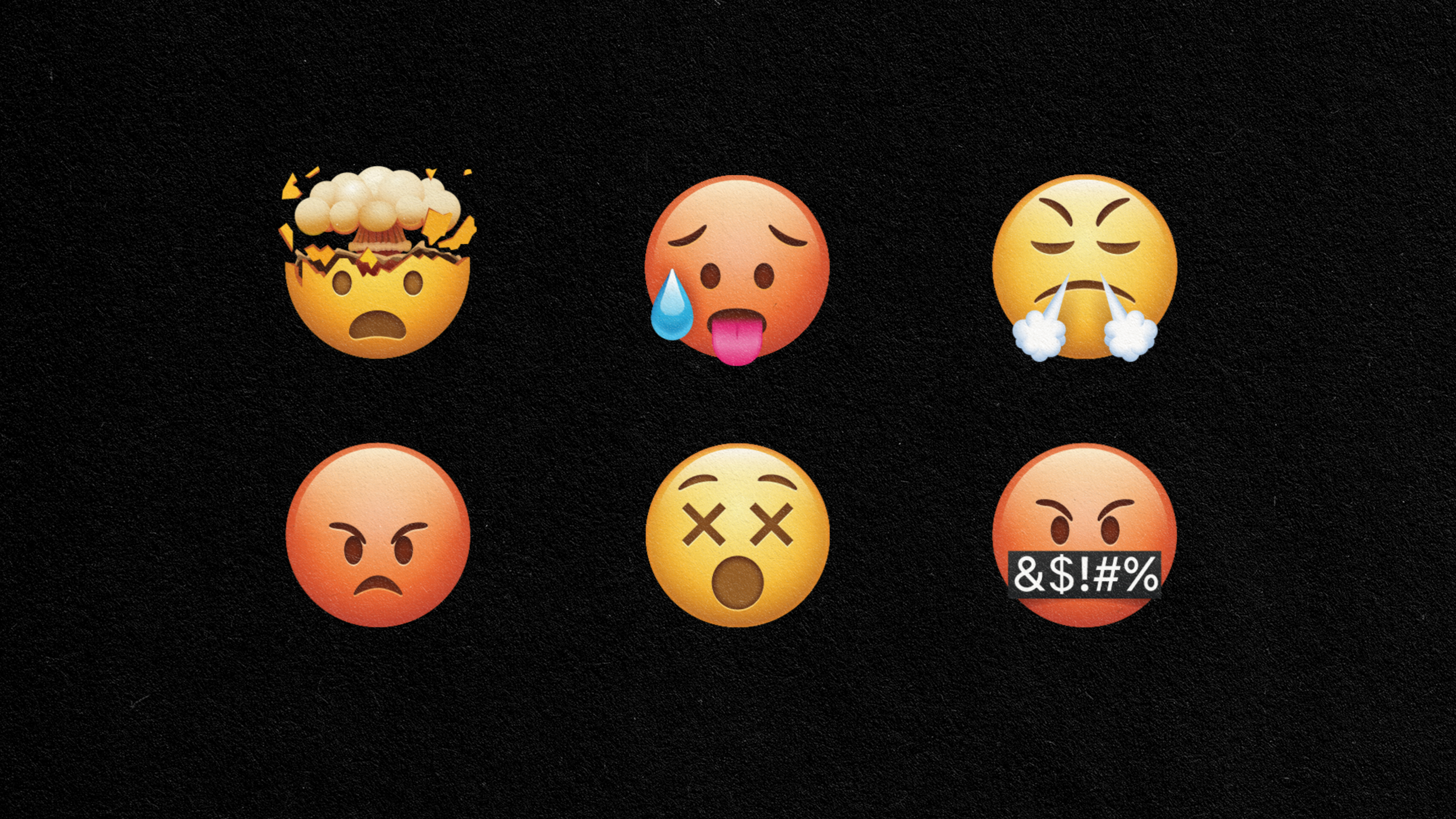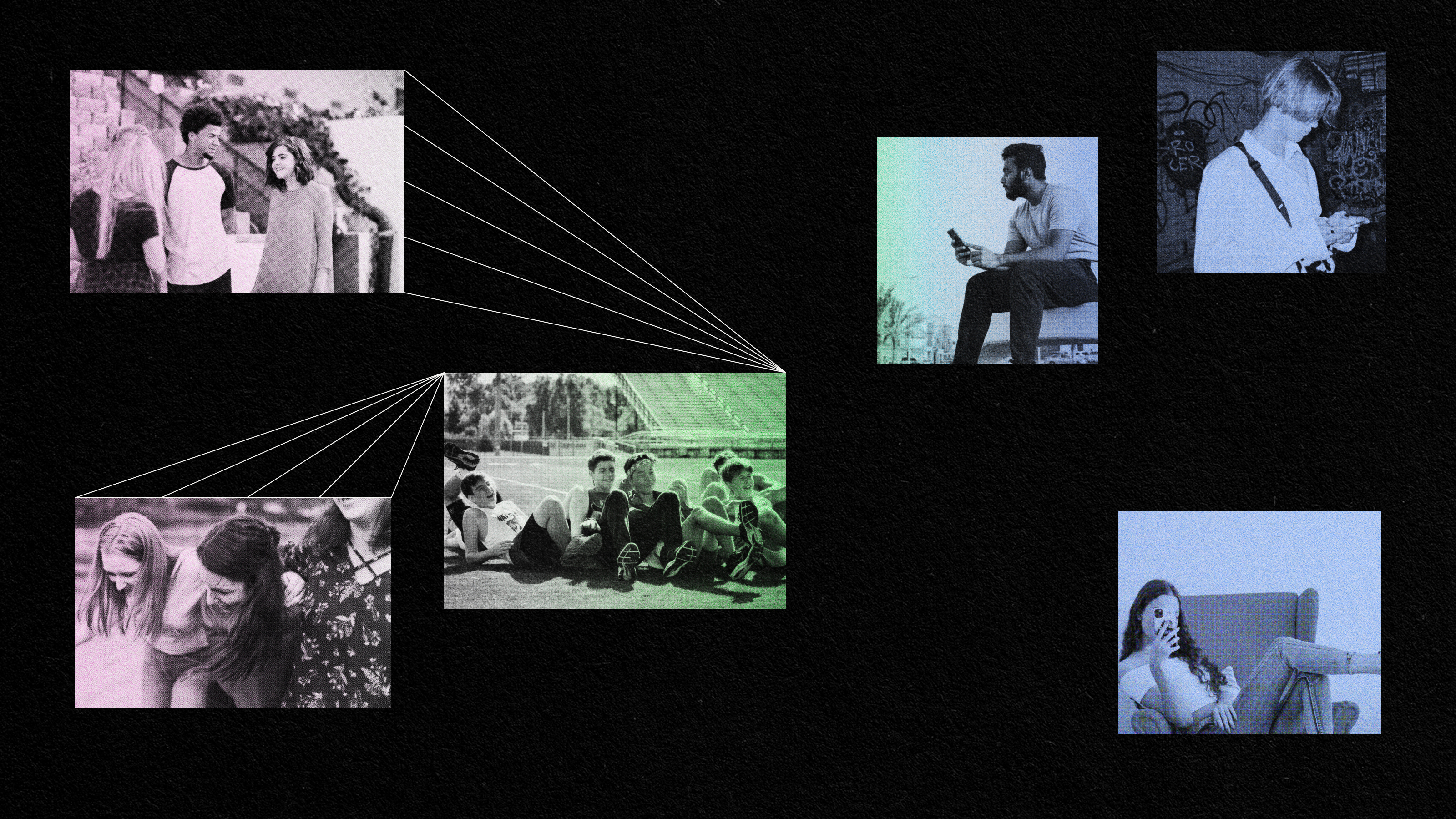What can Instagram tell us about narcissists? A bit, actually.
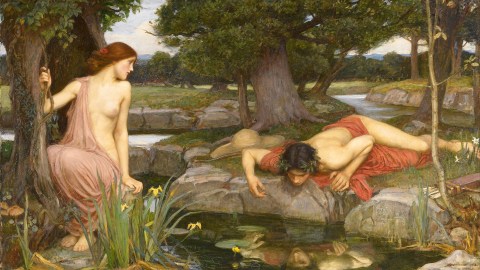
Echo and Narcissus by John William Waterhouse, 1903
Two different kinds of narcissists use Instagram. That’s the main takeaway from recent research out of the University of Swinburne. You might not be surprised to hear that given how popular selfies are right now, but this is one of the few studies to look for narcissism on a social media platform other than Facebook or Twitter.
Given how image-focused Instagram is, it’s not surprising that researchers chose it to see how popular it was with self-described narcissists.
“A sample of 200 participants responded to an online survey which consisted of the Five Factor Narcissism Inventory (FFNI); the Rosenberg Self-Esteem scale; and the Instagram Usage, Behaviors, and Affective Responses Questionnaire (IUBARQ) constructed specifically for the purposes of this study,” the authors write in the 2016 study, which was published by Scientific Research Publishing.
Basically, people were asked to take an anonymous personality quiz that measured both narcissism and self-esteem. After those results were in, researchers had quantifiable data from 154 Instagram users.
The research team found evidence for two kinds of narcissism — grandiose and vulnerable. Grandiose narcissism involves traits such as “exhibitionism, callousness, extraversion, manipulativeness, superiority, aggression, indifference and seeking of acclaim,” Swinburne explained in a press release. Vulnerable narcissism involves traits such as “inadequacy, emptiness and shame, reactive anger, helplessness, hyper-vigilance to insult, shyness and interpersonal avoidance,” according to the press release.
The difference between the two is subtle. Grandiose narcissists are what you would consider typical narcissists: “… they have an inflated sense of self, are overconfident in making decisions, and don’t seem to learn from their mistakes,” as Psychology Today explains. Vulnerable narcissists are more insecure: they feel “inferior” and are more “dissatisfied with life,” according to research out of Iowa State University. Those differences are subtle but significant in that they usually produce different kinds of actions.
Both grandiose and vulnerable narcissists were more likely to engage in attention-seeking behavior on Instagram like “Hashtagging popular or expensive brands,” “Posting photos of things you want, but do not have,” and “Posting photos of celebrities or people you admire,“ the study reports.
Vulnerable narcissists were more likely to participate in behavior including “Posting photos of yourself at impressive events or functions,” and “Request for followers” they report. “That vulnerable narcissists use Instagram as a platform to seek out positive feedback aligns with the notion that people seek validation from others in order to help boost self-esteem,” they conclude.
They’re on the right track; pictures with human faces are “38 percent more likely to be liked and 32 percent more likely to be commented on,” according to an Instagram study out of Georgia Tech College.
Neither group was likely to engage in empathetic behavior like shoutouts. There was little statistical significance in those behaviors, however, according to the study: “the relationships between self-esteem and both Instagram Attitudes and Instagram Behaviors were not significant.”
But there was a significant correlation between both kinds of narcissists and self-esteem.
“Instagram users with higher levels of grandiose narcissism tended to report higher self-esteem levels, whilst vulnerable narcissists reported lower self-esteem levels,” write the study authors. After calculating the correlation between narcissism and self-esteem, they found that, “the qualitative data identified those who were high in vulnerable but low in grandiose narcissism showed stronger emotional reactions to Instagram feedback,” according to the study, meaning those users were quickest to block or delete feedback that was even slightly critical.
“Those high on vulnerable narcissism appeared to be more interested in increasing their popularity and seeking the approval of others, whereas grandiose narcissists used overt attempts of drawing attention to themselves in order to be admired,” the study authors add.
Lead author Olga Paramboukis backed those findings up in the press release, saying “the behaviors I observed on Instagram myself seemed to be coming from a place of self-doubt rather than self-love.”
All that said, Instagram is most likely not swimming with narcissists. Remember: this was a relatively small sample size. The vast majority of respondents were under the age of 26 and 79 percent of them were female. There may be additional social pressures impacting their behavior on the platform that were not uncovered in this study. Additionally, 77 percent of the participants posted photos occasionally or rarely; these participants were not active users.
Paramboukis backs these observations up, too, in the press release. “The media continues to highlight the cultural and societal shift that has taken place with the introduction of social media, particularly with younger generations. I think it’s forcing us to question ‘is this change for the better or can this have detrimental effects to those who use social media heavily?’ Mostly, I feel they have reinforced a negative perception of social media.”
The strongest conclusion from this study seems to be “that self-esteem is an important factor that distinguishes between… grandiose and vulnerable narcissism,” the authors write. They hope to pursue further research in that area.
—
